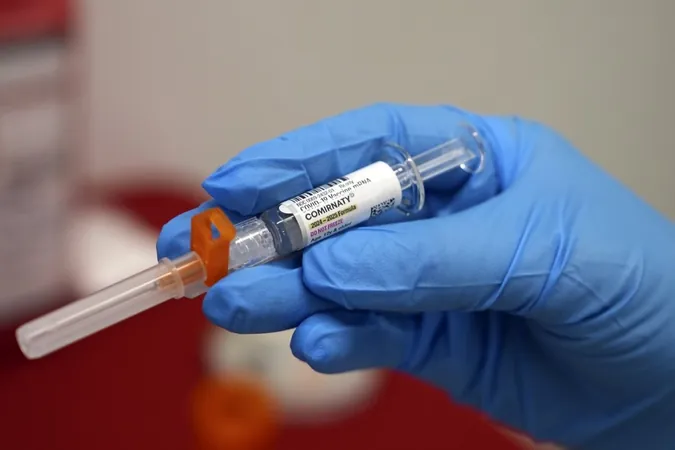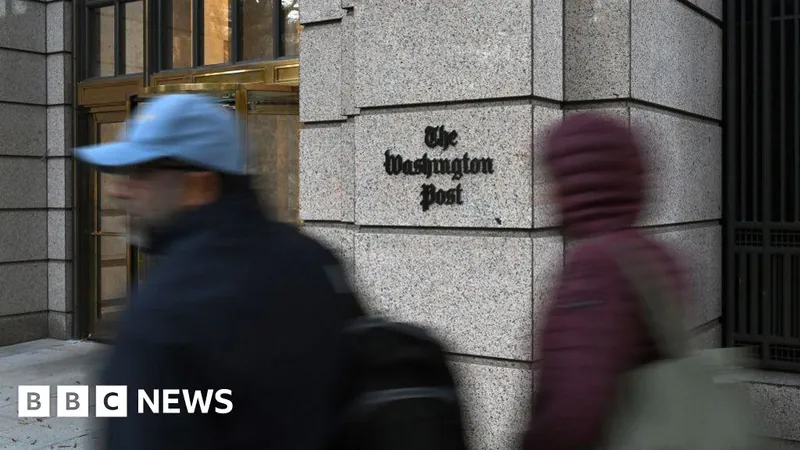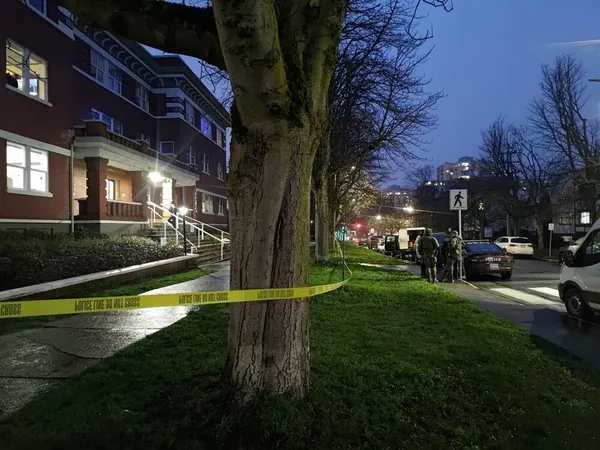
Major Shift in COVID Vaccination Strategy: Provinces Now Hold the Keys!
2025-01-10
Author: Benjamin
TORONTO — In a significant policy shift, the federal government has announced that it will cease funding for COVID-19 vaccines this year, placing the onus on provinces and territories to procure them.
This new direction was detailed by the Public Health Agency of Canada (PHAC) in a recent guideline release, outlining vaccination strategies from 2025 through summer 2026.
The National Advisory Committee on Immunization (NACI) has set forth critical recommendations in light of this change. Notably, seniors aged 80 and older, residents of long-term care facilities, and immunocompromised individuals (both adults and children aged six months and older) are advised to receive two vaccine doses annually.
For the broader population, all adults 65 years and older, along with healthcare professionals and individuals categorized as high-risk for severe COVID-19 illness, should get vaccinated once each year if they have previously received doses.
High-risk categories include, but are not limited to, those with pre-existing health conditions, expectant mothers, members of First Nations, Inuit and Métis communities, and individuals from various racialized backgrounds.
The committee emphasizes using the latest COVID-19 vaccines available, as the virus remains active throughout the year. This continuous circulation is notably distinct from influenza patterns, which typically see surges during specific seasons.
NACI pointed out that COVID-19 activity typically peaks from late summer through early January, coinciding with the fall and winter respiratory season.
For those who have never been vaccinated, there is flexibility to begin the two-dose series at any time, providing greater accessibility to immunization.
In anticipation of emerging variants, health authorities will monitor viral mutations closely.
If significant new strains emerge in 2025, modifications to the vaccine may be authorized to ensure continued effectiveness.
Currently, the latest mRNA vaccines from Pfizer-BioNTech and Moderna target the KP.2 Omicron subvariant.
There is also an updated protein-based vaccine from Novavax, designed to combat the JN.1 subvariant; however, the federal government has opted not to purchase it due to low uptake in previous years.
As provinces prepare for this transition in responsibility, concerns linger about how they will manage the logistics of vaccine distribution amidst fluctuating vaccine demands and potential new variants.
The health landscape is shifting dramatically, and it’s up to local authorities to navigate this crucial phase in public health.
Stay informed as the situation develops—could this new strategy strengthen our response to COVID-19, or will it lead to unexpected challenges?









 Brasil (PT)
Brasil (PT)
 Canada (EN)
Canada (EN)
 Chile (ES)
Chile (ES)
 Česko (CS)
Česko (CS)
 대한민국 (KO)
대한민국 (KO)
 España (ES)
España (ES)
 France (FR)
France (FR)
 Hong Kong (EN)
Hong Kong (EN)
 Italia (IT)
Italia (IT)
 日本 (JA)
日本 (JA)
 Magyarország (HU)
Magyarország (HU)
 Norge (NO)
Norge (NO)
 Polska (PL)
Polska (PL)
 Schweiz (DE)
Schweiz (DE)
 Singapore (EN)
Singapore (EN)
 Sverige (SV)
Sverige (SV)
 Suomi (FI)
Suomi (FI)
 Türkiye (TR)
Türkiye (TR)